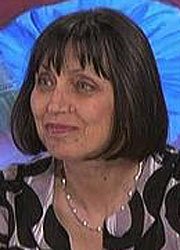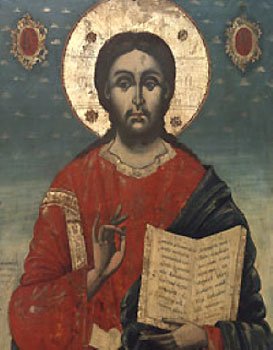
© Photo: bnt.bg

© Photo: www.nationalartgallerybg.org

© Photo: www.pravoslavieto.com
The third edition of the International Watercolour Biennial will be held at the Nuance Gallery in Sofia from October 2-20. The exhibition will feature the work of 14 artists from seven countries - Australia, Bulgaria, Italy, Moldova, Russia, Taiwan and..
In the first days of autumn, residents and visitors of Bulgaria's second-biggest city Plovdiv are invited to recall special, favourite and interesting spaces in the city centre. This kind of rediscovery and recognition of places tamed by personal emotion..
The main function and role of the Bulgarian Cultural Institutes abroad is to present the achievements of Bulgarian culture in all its diversity to the audience of the host country. "Our programme should be varied and everyone should find something..

+359 2 9336 661
